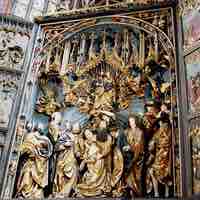Chapter 20
The Northern Renaissance
By Boundless
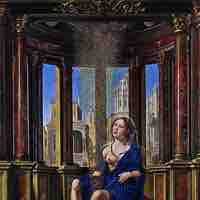
Before 1450, Renaissance humanism had little influence outside Italy; after 1450, these ideas began to spread throughout Europe.
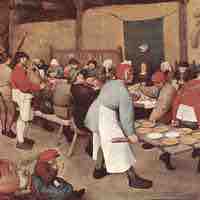
The Reformation was a religious movement in the 16th century that resulted in the theological divide between Roman Catholics and Protestants.
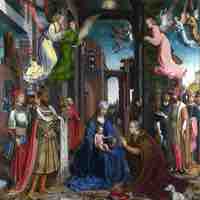
Antwerp, located in Belgium, was a center for art in the Netherlands and northern Europe for much of the 16th and 17th centuries.
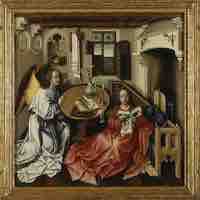
The Flemish School refers to artists who were active in Flanders during the 15th and 16th centuries.
The court of the Holy Roman Emperor played an important role in panel paintings during the Northern Renaissance.
The German Renaissance is reflective of Italian and German influence in its paintings, and one is not present without the other.
Spanish art of the Northern Renaissance was influenced by Netherlandish painting, due to shared economic and political connections.
The Tudor period was, for England, one of isolation from European trends.
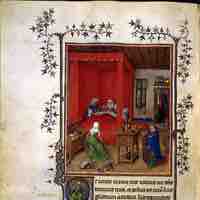
During the early to mid 1400s, illuminated books were considered a high art form, and Burgundy (Flanders) was a center of such production.
Printmaking by woodcut and engraving was already more developed in Germany and the Low Countries than anywhere else during the Renaissance.
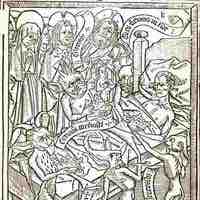
The mass production of paper in 15th century Europe opened the door for the proliferation of printed books.
The Chartreuse de Champmol, a Carthusian monastery on the outskirts of Dijon, represents the finest monumental work of early modern France.
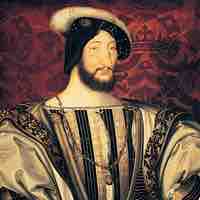
Francis I (1515–1547) brought about such huge cultural changes in France that he has been called France's original Renaissance monarch.
Gothic, Renaissance, and Mannerist elements are all important to the architecture of Spain in the 16th century.
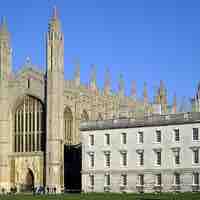
The Tudor architectural style was the final development of medieval architecture during the Tudor period (1485–1603).
